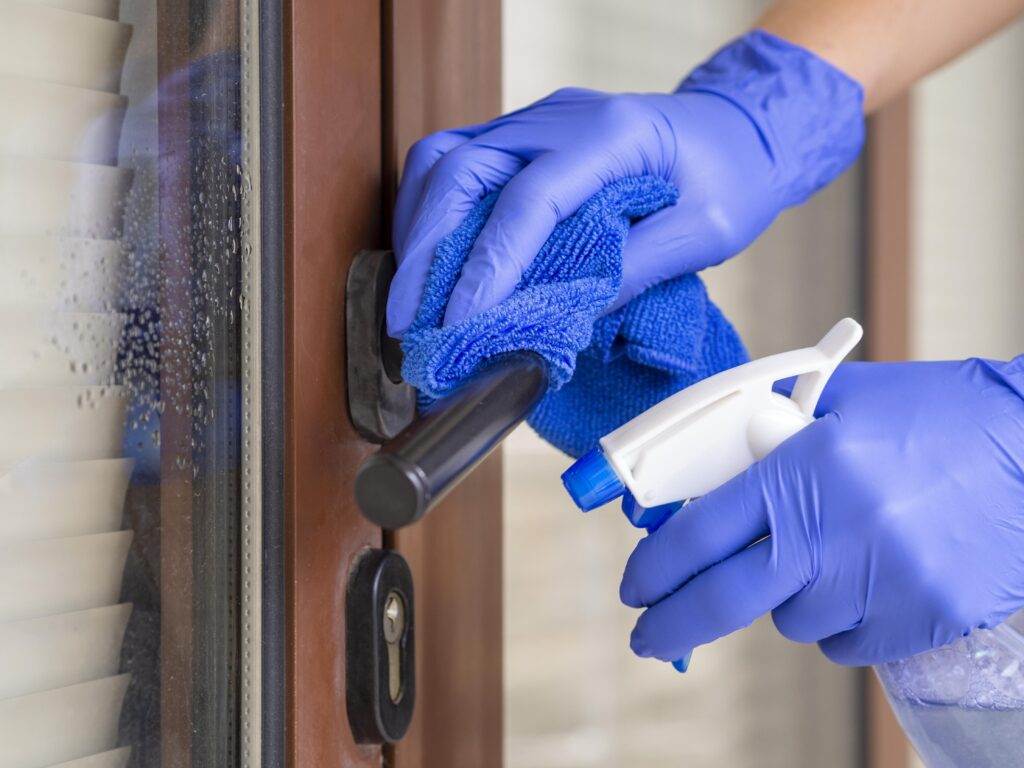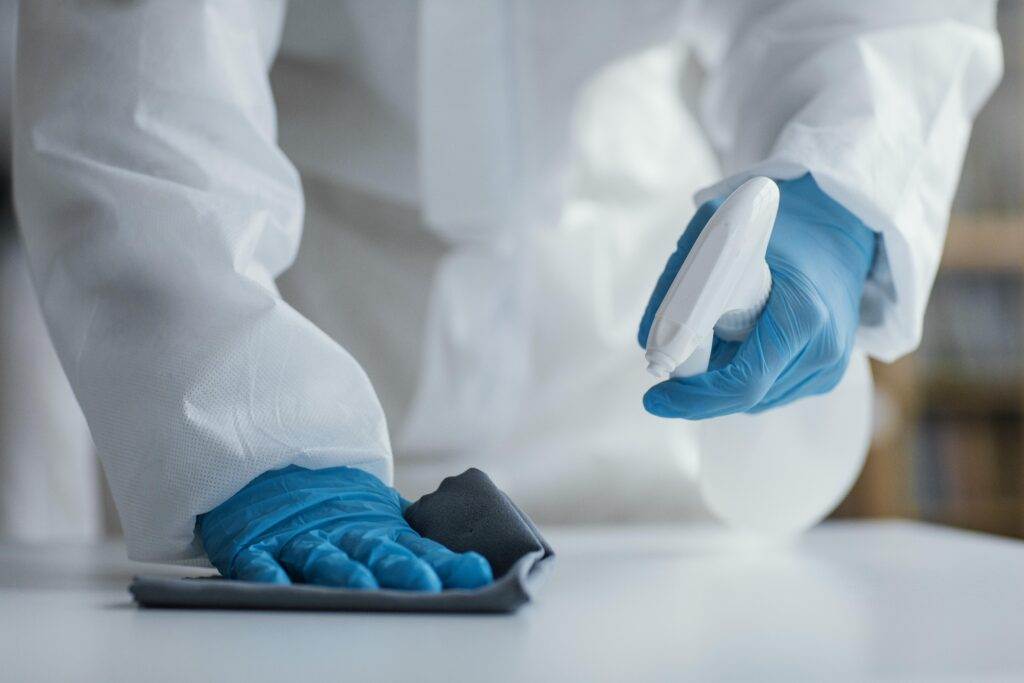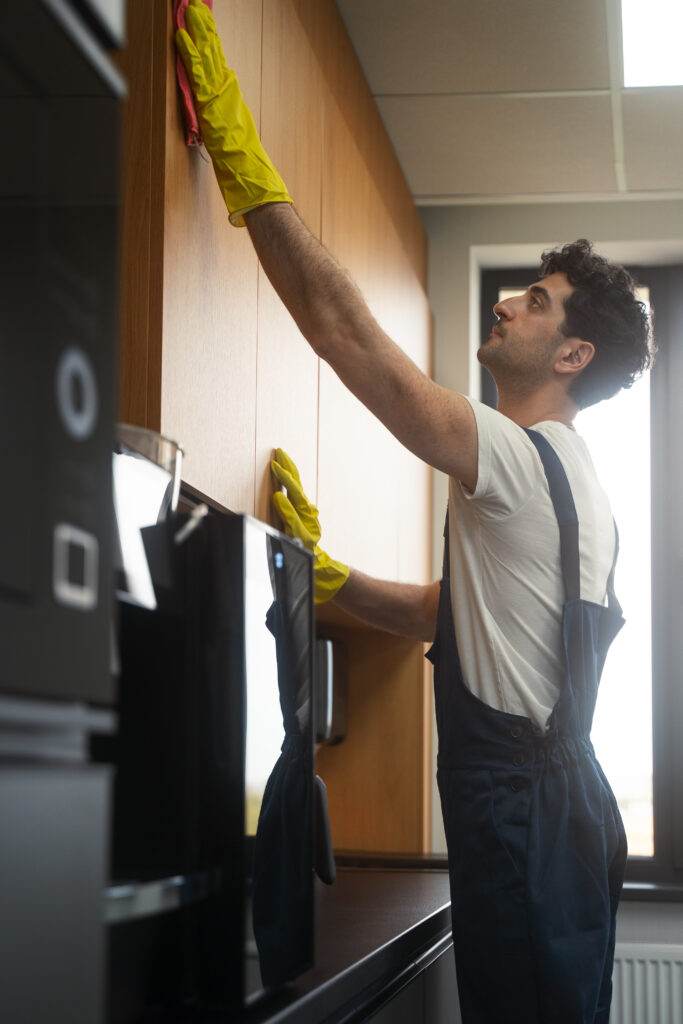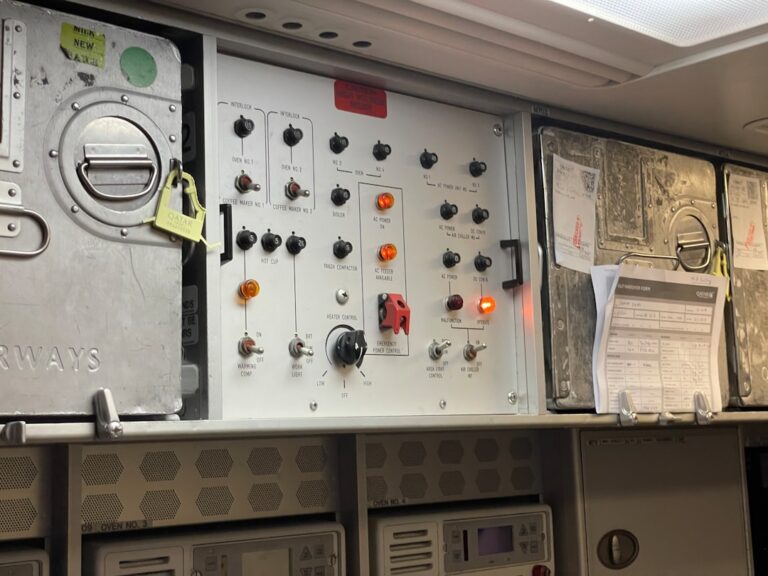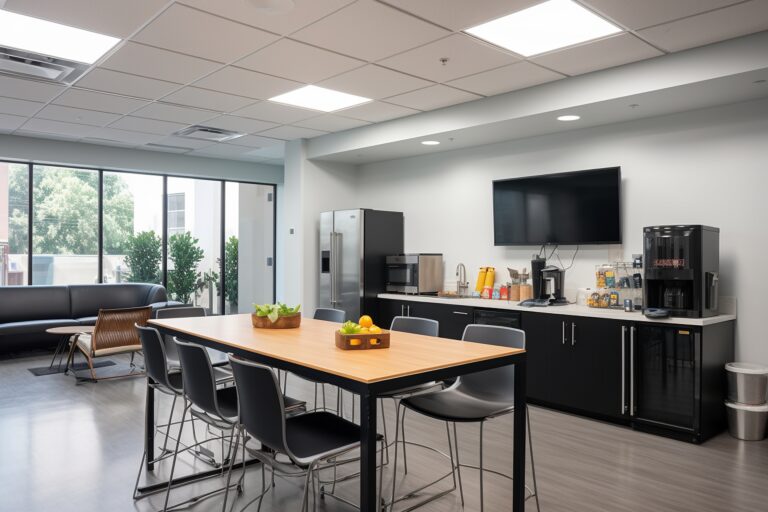Overview of Janitorial Services in SF Bay Area
Importance and Benefits
In the bustling SF Bay Area, maintaining a clean and healthy environment is vital for businesses and organizations. High-quality janitorial services not only enhance aesthetics but also play a crucial role in promoting employee well-being and productivity. Clean spaces reduce the spread of germs and illnesses, resulting in lower absenteeism. Some tangible benefits include:
- Improved workplace morale: A neat and orderly environment creates a positive impression.
- Enhanced safety: Regular cleaning reduces hazards, preventing accidents and injuries.
- Cost savings: A clean space can prolong the lifespan of furniture and equipment by preventing wear and tear.
Types of Services Offered
The range of janitorial services available in the SF Bay Area is comprehensive, catering to diverse needs. Businesses can choose from:
- Daily cleaning: Routine dusting, vacuuming, and waste disposal.
- Disinfection services: Targeted sanitation of high-touch areas to mitigate health risks.
- Carpet and upholstery cleaning: Professional deep cleaning to refresh office interiors.
- Post-construction cleanup: Specialized cleaning after renovation or construction projects.
These services ensure that workplaces not only look good but also foster a healthier and more productive environment for everyone.
Hiring the Right Janitorial Service Provider
Factors to Consider
Finding the right janitorial service provider is a crucial step for any business. It’s essential to consider several factors to ensure a reliable partnership.
- Experience and reputation: Look for providers with a solid track record and positive client testimonials.
- Service offerings: Ensure they can meet your specific cleaning needs, whether routine or specialized.
- Customization options: A provider who tailors services to fit your schedule and unique requirements can make a significant difference.
Evaluating these elements before making a choice can save time and resources later.
Evaluating Services and Pricing
Once the potential providers are shortlisted, evaluating their services and pricing becomes paramount. Here’s how to approach it:
- Get quotes: Request detailed quotes to compare services offered and pricing structures.
- Look for transparency: A good provider should clearly outline what their services include and any additional costs.
- Ask for a trial period: This can help assess their cleaning quality and reliability without a long-term commitment.
By carefully weighing these considerations, businesses can confidently select a janitorial service that aligns with their needs and budget.
Comprehensive Cleaning Solutions for Offices
Daily Cleaning Tasks
A clean office environment is essential for the productivity and morale of employees. Daily cleaning tasks form the backbone of any comprehensive cleaning solution. These tasks generally include:
- Dusting surfaces: Removing dust from desks, shelves, and equipment.
- Vacuuming and mopping floors: Ensuring that all floor types are kept clean and safe.
- Emptying waste and recycling bins: Maintaining hygiene by removing garbage regularly.
- Restroom sanitation: Cleaning and disinfecting bathrooms to ensure they remain fresh and sanitary.
These routine tasks create a welcoming atmosphere while preventing the buildup of dirt and germs.
Specialized Cleaning Services
Beyond daily cleaning, specialized services are also vital for maintaining a pristine workspace. These services cater to unique situations and require specific techniques, including:
- Carpet cleaning: Deep cleaning carpets to remove stains and allergens.
- Window washing: Ensuring both interior and exterior windows are spotless and streak-free.
- Upholstery cleaning: Refreshing office furniture by removing dirt and grime.
Implementing both daily and specialized cleaning services ensures a thorough approach to office hygiene, promoting a healthier and more inviting work environment.
Green Cleaning Practices and Sustainability
Importance of Eco-Friendly Cleaning
As awareness of environmental issues grows, many organizations are recognizing the importance of eco-friendly cleaning practices. Eco-friendly cleaning not only benefits the planet but also contributes to healthier indoor environments. Some key benefits include:
- Reduced exposure to toxins: Traditional cleaning products often contain harsh chemicals that can affect employee health. Eco-friendly alternatives minimize this risk.
- Improved air quality: Natural cleaning agents reduce airborne pollutants, creating a fresher and healthier workspace.
- Sustainability: Using biodegradable and sustainable products helps in protecting ecosystems and conservation efforts.
Businesses that prioritize green cleaning demonstrate corporate responsibility and enhance their reputation among clients and employees.
Implementing Green Initiatives
Transitioning to eco-friendly cleaning solutions requires strategic planning. Here are practical steps organizations can take:
- Choose green-certified products: Look for cleaning products that are environmentally safe and have certifications.
- Train staff on green practices: Educate your cleaning staff on effective eco-friendly techniques and the importance of sustainability.
- Establish a recycling program: Implement recycling initiatives within the office to minimize waste.
By adopting these green initiatives, businesses not only create a sustainable workplace but also contribute positively to the overall environment.

Choosing the Best Cleaning Schedule
Frequency of Cleaning
Selecting the appropriate frequency of cleaning is essential for maintaining a hygienic office environment. The cleaning schedule should reflect the specific needs of the workspace, which can depend on several factors:
- Office size and layout: Larger spaces may require more frequent attention to ensure cleanliness.
- Employee count: High foot traffic areas demand daily cleaning to prevent dirt buildup.
- Type of business: Industries like healthcare require stringent cleaning schedules, while others may need less frequent maintenance.
Generally, a blend of daily, weekly, and monthly cleaning tasks ensures a consistently clean and welcoming atmosphere.
Creating a Customized Plan
A customized cleaning plan guarantees that every aspect of your office receives the attention it deserves. Here’s how to develop an effective plan:
- Assess your needs: Analyze which areas require more frequent cleaning and which can be maintained weekly or monthly.
- Include employee input: Encourage staff to share their cleaning preferences and concerns, which can help identify high-priority areas.
- Review and adjust regularly: Periodically evaluate the plan to ensure it continues to meet your office’s evolving needs.
By thoughtfully choosing the cleaning frequency and crafting a tailored schedule, businesses can enhance cleanliness while promoting a productive work environment.
Importance of Quality Assurance and Customer Satisfaction
Monitoring Service Quality
In the world of janitorial services, maintaining high standards of quality assurance is crucial to ensuring customer satisfaction. Monitoring service quality involves regular checks and evaluations to confirm that cleaning tasks are performed to the highest standards. Here are some effective strategies:
- Regular inspections: Schedule periodic assessments of cleaning tasks to ensure all areas meet cleanliness benchmarks.
- Checklists: Utilize detailed cleaning checklists that employees can follow to ensure consistency in service.
- Performance metrics: Establish key performance indicators (KPIs) to quantitatively assess service quality over time.
These practices help maintain accountability and foster a culture of excellence within the cleaning team.
Handling Feedback and Improvements
An effective feedback system is vital for continuous improvement. Engaging with clients and staff allows for constructive dialogue surrounding service experiences. Here are some approaches:
- Surveys: Conduct regular customer satisfaction surveys to gather insights on service quality and areas for improvement.
- Open communication: Create channels for clients to provide direct feedback promptly, making them feel valued and appreciated.
- Action plans: Implement changes based on feedback, showcasing a commitment to enhancing service quality and addressing concerns.
By prioritizing quality assurance and actively seeking and responding to feedback, organizations can ensure that their cleaning services consistently meet client expectations, ultimately driving customer satisfaction.
Technology Integration in Janitorial Services
Advancements in Cleaning Technology
As the janitorial industry continues to evolve, technological advancements have fundamentally changed how cleaning services operate. Innovations such as smart sensors, robotic cleaners, and advanced cleaning equipment help streamline operations and improve efficiency. Notable examples include:
- Automated vacuums: These devices navigate autonomously, ensuring thorough floor cleaning with minimal human intervention.
- Remote monitoring systems: Sensors can detect when areas need cleaning, optimizing schedules based on real-time data.
- Eco-friendly products: New formulations and applications in cleaning agents are specifically designed to achieve better results while being gentler on the environment.
These technological advancements not only enhance performance but also set the stage for a more sustainable cleaning approach.
Benefits of Using Tech Tools
Integrating technology into janitorial services offers several crucial benefits:
- Increased efficiency: Automated tools reduce the labor required for repetitive tasks, allowing cleaning staff to focus on more complex duties.
- Consistent quality: Technology helps standardize cleaning processes, ensuring that tasks are completed to the same high standards every time.
- Data-driven decisions: Technology provides valuable insights through performance analytics, enabling better resource allocation and service improvements.
By embracing technology in janitorial services, businesses can enhance their operational capabilities while ensuring a cleaner and more efficient work environment.
Handling Emergency Cleaning Situations
Dealing with Spills and Accidents
In any workplace, spills and accidents are unavoidable, but how they are handled can make all the difference. Quick and effective response to these situations is crucial for maintaining safety and cleanliness. Here are some initial steps to take when facing spills:
- Assess the situation: Quickly determine the nature of the spill. Is it liquid, solid, or potentially hazardous?
- Contain the spill: Use absorbent materials or barriers to prevent further spread.
- Notify the cleaning team: Immediately inform the janitorial staff about the incident so they can prepare the appropriate cleaning tools and solutions.
Prompt action not only minimizes damage and safety risks but also preserves the integrity of the workplace environment.
Procedures for Emergency Cleaning
Having a structured emergency cleaning procedure in place ensures that teams can react efficiently. Consider implementing the following procedures:
- Create an emergency response kit: Equip staff with necessary cleaning supplies, including absorbent pads, gloves, and safety goggles.
- Training sessions: Provide regular training for employees on emergency handling protocols to reinforce swift resolution.
- Post-clearance assessment: After the cleaning process, assess the area to ensure no residual hazards remain and document the incident for future reference.
By establishing these protocols, companies can ensure they are well-prepared for emergency cleaning situations, protecting both their employees and their facilities.
Building Security and Privacy Measures
Ensuring Confidentiality
In today’s business environment, confidentiality is crucial, especially as janitorial staff often access sensitive areas of a workplace. Strong measures must be in place to ensure that confidential information remains protected. Here are key strategies businesses can implement:
- Limited access: Restrict cleaning staff access to areas with sensitive documents, such as offices or data centers, unless necessary.
- Privacy training: Provide training sessions for cleaning staff to understand the importance of confidentiality and how to handle sensitive information.
- Non-disclosure agreements (NDAs): Require cleaning crew members to sign NDAs to legally enforce confidentiality expectations.
These practices foster trust and ensure workplaces are compliant with privacy regulations.
Security Protocols for Cleaning Staff
To maintain security while ensuring effective cleaning, establishing security protocols for janitorial staff is imperative. Consider these essential measures:
- Identification badges: Ensure all cleaning staff wear visible identification to confirm their legitimacy within the workplace.
- Scheduled cleaning times: Create a cleaning schedule that aligns with periods of low employee presence to reduce security risks.
- Background checks: Conduct thorough background checks before hiring cleaning personnel, ensuring that only trustworthy individuals have access to the premises.
By prioritizing security measures for both confidentiality and safety, businesses can create a more secure cleaning environment while maintaining operational efficiency.
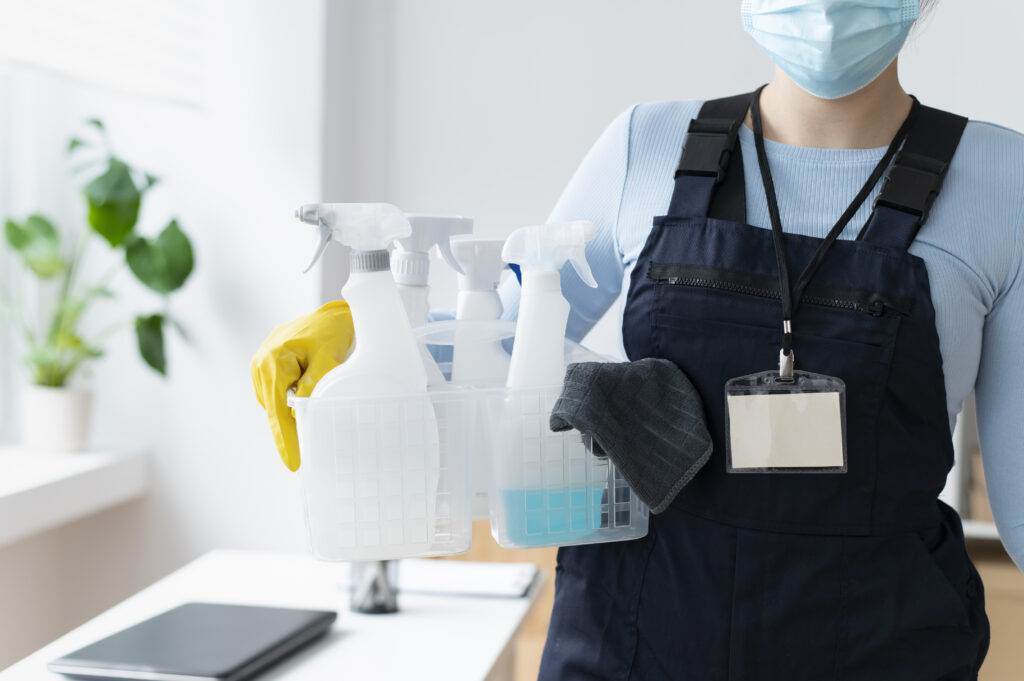
Cost-Efficiency and Budget Management
Strategies for Cost Savings
Managing the cost of janitorial services can be challenging, yet there are effective strategies to achieve significant savings without compromising quality. Here are some practical approaches:
- Evaluate service frequency: Assess your cleaning needs and adjust the frequency. For instance, high-traffic areas may need more attention, while less-used spaces can be cleaned less often.
- Bulk purchasing: Ordering cleaning supplies in bulk can lead to substantial discounts and cost efficiencies.
- Outsource selectively: Consider outsourcing specialized services like carpet cleaning or window washing, rather than handling everything in-house. This can often be more cost-effective.
Implementing these strategies can lead to streamlined expenses while maintaining a clean and inviting workspace.
Budget Planning for Cleaning Services
Effective budget planning is essential for managing cleaning service costs. Here are some key steps to create an efficient budget:
- Identify all costs: Account for all expenses, including labor, materials, equipment, and any subcontracted services.
- Prioritize needs: Determine which cleaning tasks are essential and allocate funds accordingly, ensuring that high-priority areas receive the most resources.
- Set a contingency fund: Include a buffer for unexpected costs, such as emergency cleanings or increased supply prices.
By strategically approaching cost management and budget planning, businesses can achieve a cost-effective cleaning strategy that enhances both efficiency and workplace cleanliness.
